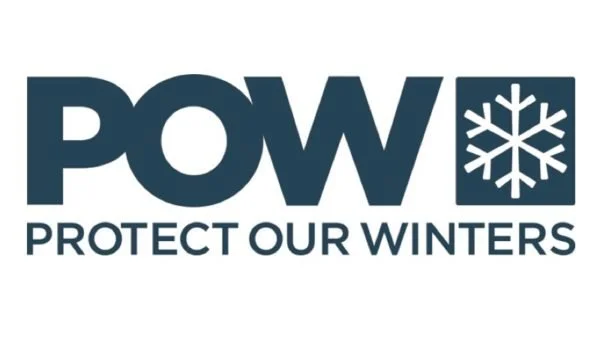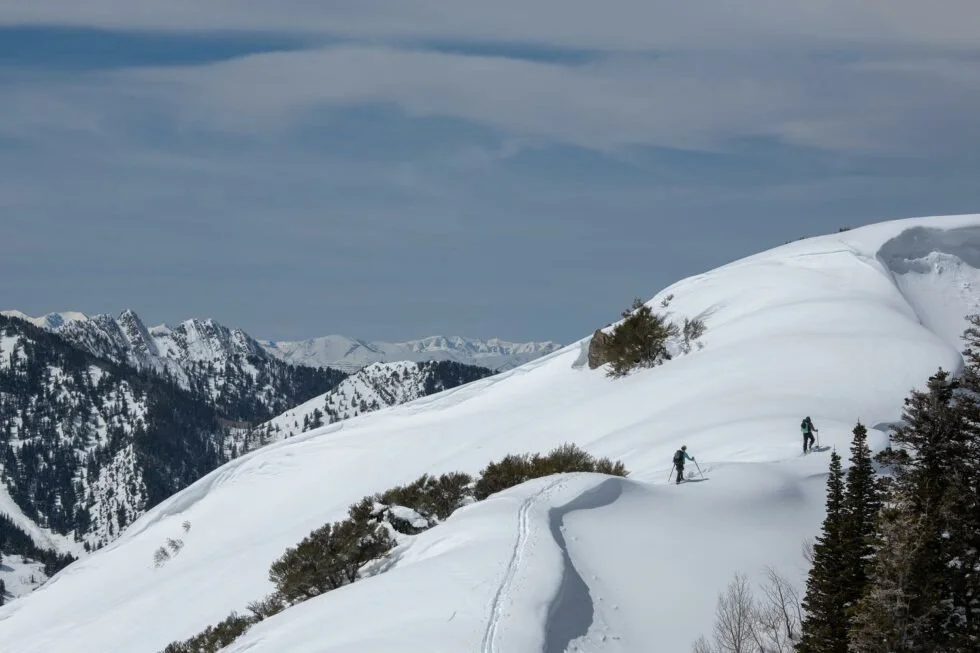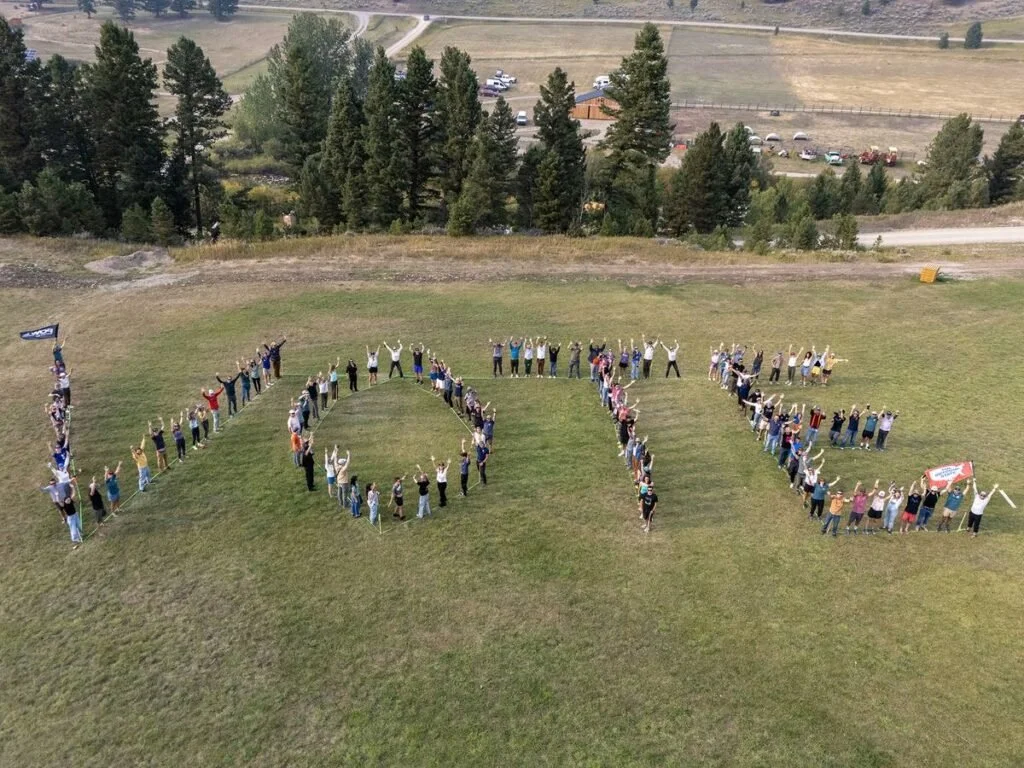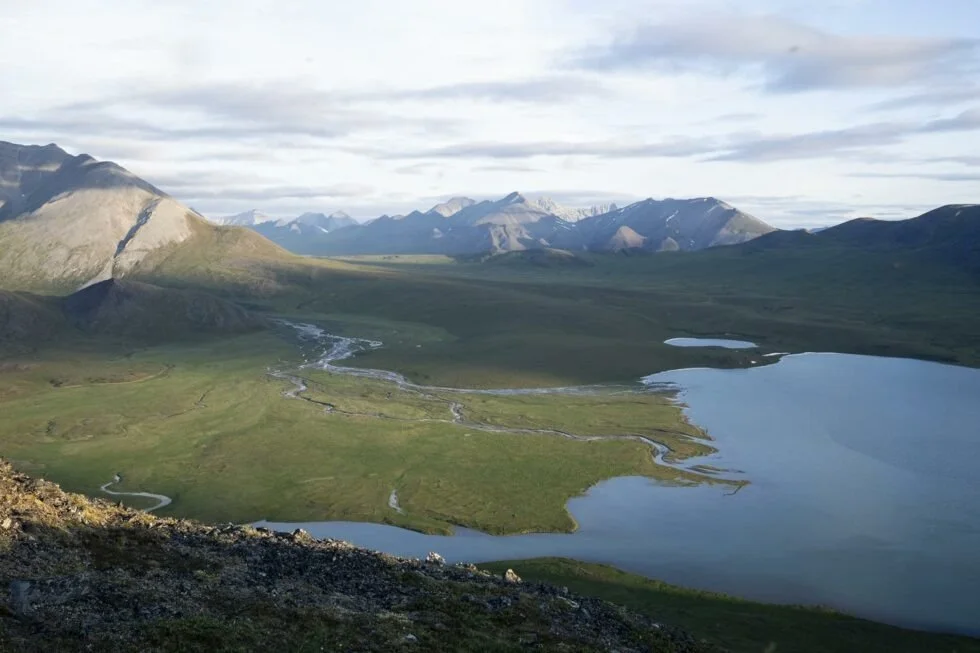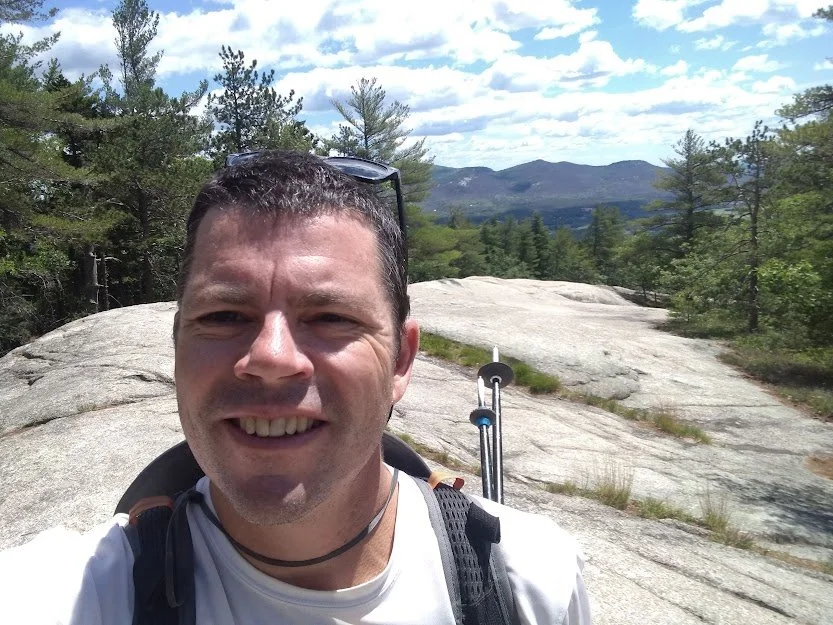
Protect Our Winters: Mobilizing Climate Voters
EXAMINING THE PUBLIC’S ABILITY TO INFLUENCE CLIMATE POLICY WITH POW SCIENCE ALLIANCE MEMBER PARRISH BERGQUIST
This originally was published by Protect Our Winters.
As millions of people from the Outdoor State partake in their next adventure–from biking or birding to hiking or hunting–it presents an opportunity to contemplate how public will and political behavior relate to climate change. While civics class taught us that our individual votes matter–and they absolutely do–the reality is that the public’s ability to change political behavior runs a bit deeper.
In a democracy, citizens elect their peers to represent them at the local, state, and federal levels. In theory, elected officials advance policies that benefit not only those who cast a vote for them but society as a whole. However, just as a skier might think that, in theory, a particular cornice is stable, the political reality often disappoints.
Photo by Donny O’Neill
To help better understand these dynamics, we spent some time with POW Science Alliance member Dr. Parrish Bergquist, assistant professor of political science at the University of Pennsylvania and avid cycler, climber, and skier.
“Public opinion can be a constraining force on politicians. But, politicians can also be out of line with their constituents. Whether or not they do that depends on how salient an issue is,” Bergquist says.
Extensive research shows that a majority of the public supports policies to protect the environment. That’s good news for those who want a robust climate agenda. However, Bergquist highlights two significant obstacles.
“The environment is rarely the most important issue for voters,” she says. Additionally, there’s a lot of disaffection within the outdoor community about the political system and, consequently, it’s theorized that many do not vote.
When climate or environmental issues poll in the single digits, elected officials pay less–if any–attention. Indeed, exit polling from the 2020 presidential election showed that only about 4 percent of voters rated climate as their top priority.
Moreover, with many elections being decided by margins thinner than a single track, getting these people to the polls is critical. In fact, the 2020 presidential election was determined by about 45,000 total votes between Georgia, Arizona, and Wisconsin–three states with significant numbers of Outdoor State voters.
Photo by Donny O’Neill
As most readers know, POW is aggressively working to increase voter turnout of the Outdoor State in the upcoming election. Similarly, the Environmental Voter Project (EVP) is mobilizing voters who prioritize environmental issues, but do not consistently vote. The nonpartisan group estimates that more than 8 million registered voters who prioritize environmental issues did not vote in the 2020 presidential election.
The simple reality is that political campaigns have limited resources and, therefore, must determine who to target and who to ignore. Unsurprisingly, non-voters are in the latter camp.
EVP’s executive director Nathaniel Stinnett explained in a TED Talk that it’s mainly a challenge of voter turnout, as opposed to political persuasion. As a result, EVP uses data analytics, predictive modeling, and creative outreach to change voting behavior.
POW’s Bergquist agrees that persuading a voter to evolve on a particular issue can be difficult.
“Identifying the right voters, and getting them to vote, is really important,” she says. “Persuasion can be hard, but that’s not to say that we shouldn’t talk about climate. It often depends on the audience.”
When the Public’s Will Influences Political Behavior
As we’ve seen, Americans do not tend to prioritize the environment, and those who do, are not voting in mass. And while this trend can and should change, there are other opportunities for the public to exert influence over political action.
For instance, the Biden-Harris Administration recently announced the protection of 28 million acres across Alaska. The Bureau of Land Management received more than 15,000 public comments, with over nine percent of that support coming from POW’s Outdoor State. Those who took the time to be heard empowered the Administration to act.
Anthony Leiserowitz, professor of Climate Communication at Yale, contends that politicians prioritize a limited number of issues, and therefore the policy window to get something done is short and must include three criteria. First, the public needs to perceive that a problem is important and worthy of attention. Then, viable solutions need to be available. Finally, the political commitment to solve the problem must be high.
As they relate to climate, the first two have essentially been met. And, during the previous Congress, the third was achieved with the passage of the 2022 Inflation Reduction Act (IRA), which POW and the Outdoor State helped push over the finish line. Meanwhile, the current Congress has wallowed in partisan bickering with leadership demonstrating no interest in advancing climate policies.
Leiserowitz lists six categories of Americans’ perception of climate change, from “Alarmed” on one end to “Dismissive” on the other. While the Alarmed strongly support climate policies, they tend not to grasp “what they can do to solve the problem.” Conversely, the Dismissive, which adamantly deny climate change, are extremely vocal and have “had an outsized influence in Congress, the White House, and many state governments.”
PhotAlaska’s Arctic | Photo by POW Creative Alliance member Ming T. Poon
Voters Going to Their Parties
According to research Berquist conducted in 2019, “most Americans make voting decisions based on group identities, ideological preferences, and partisan identification. Few…vote on the basis of individual issues, particularly less salient ones such as their preferences on the environment.”
She adds that the vast majority of voters are party loyalists.
“We’re living in an age when most Democrats vote for a Democrat every time, and most Republicans vote for a Republican every time. There’s a relatively small group who switch parties and are crucial to elections,” Bergquist says. “Politicians have to toe the line between keeping their base happy, but trying to pick up middle-of-the-road voters.”
Perhaps not surprisingly, there are large divides between Democrats and Republicans on environmental issues. This has not always been the case. President Nixon established the Environmental Protection Agency and signed bipartisan legislation like the Clean Air Act (which President Bush strengthened in 1990). However, our current times are overindulged with hyper-partisanship, and the parties are responding in kind.
“There are huge differences between how much the parties care about climate and how to address it,” Bergquist says. “Many more Democrats than Republicans believe that climate change is happening and is human-caused. However, certain parts of the Republican party are moving away from climate denialism and some younger members of the party do support climate policies.”
While the IRA, which infused billions of dollars for climate purposes, did not receive any Republican votes, it could ironically result in more Republicans embracing clean energy. Bergquist notes that the legislation has spawned a variety of renewable energy projects and industries that are “gaining a foothold in red districts, which means they may gain influence and power within the Republican party.”
Renewable energy located in southwestern Colorado | Photo by POW Creative Alliance member Sara Robbins
Taking Action
VOTE–early if possible, because life happens, so literally check the box before election day to ensure it gets done;
When discussing climate, make connections to other issues, like economic growth, public health, or recreation;
Ask your Congressional representatives to join the Climate Caucus;
If polled (prior to, or as part of an election exit poll), list climate as your top issue;
Employ FoMO (Fear of Missing Out) strategies regarding voting to your networks.
Help POW Stoke The Vote this election season!
About the Author
Andrew Schuyler splits his time between Conway, NH and Melrose, MA. He serves on the Board of the White Mountains Interpretive Association and has a background in journalism, clean tech, government affairs, and parenting. He enjoys swimming and reading at Davis Park in Conway, where he occasionally provides unsolicited advice to visitors who are behaving, ahem, poorly. Reach him at andrewschuyler@hotmail.com.

